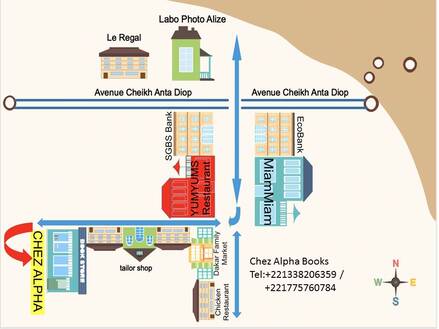
Recently, when the US Congress overrode President Barack Obama’s veto of the Justice Against Sponsors of Terrorism (JASTA) this was exemplary of the Obama Effect. This effect is exemplified when a nation or a people are so full of hostility that they would rather self-destruct then allow themselves to be led, work in collaboration or respect the voice, insight and wisdom of an “other” notably a person of color. With little discussion and no debate, a decision was made with an attitude of if he wrote it I reject it, similar to if she teaches me I won’t learn, or if they cooked it I won’t eat it. The Obama Effect defines that moment when despite the education, skills, team spirit, and commitment the “other”, he or she is not guaranteed or welcome to sit at the table and offer guidance or direction.
If this Obama Effect was merely a reflection of contemporary politics it would be one issue, however my experience is that it can easily play into various aspects of our lives including higher education. What happens when students, staff or faculty have their first encounter with “the other.” Coming from a history or world view where “others” were voiceless and not installed in positions of power or authority what is the result of these communities coming together. In many instances, when confronted with the “other” the response can be negative or unresponsive. It is not uncommon to witness administrators who can’t accept proposals, new programs and implementation, diverse course instruction, leadership, etc. from the “other.” In addition, the “other” is an easy target to undermine or dehumanize. Often shrouded in stereotypes, with minimal support and expected to be twice as bright and work three times as hard in order to survive- their very existence is often fragile.
Higher education is not always the place where faculty and staff come to learn. With higher degrees in hand, many arrive for the sole purpose of teaching. The question we must ask is what happens when the Obama Effect is taught to students. When every effort of the “other” is met with a rolling of the eyes, deep negative sighs, combative resistance or outright refusal to cooperate with them, then the curriculum begins to provide alternative lessons. When this attitude is played out in front of students or yo staff, the questions becomes what are we really here to teach?
It’s not enough for institutions to hire those “others.” They must also support them and learn to filter the responses of students and colleagues because somewhere in their response can be a reaction to the “otherness” of the instructor or staff person. When I work with students, I encourage them to seek knowledge and if that knowledge is being delivered by a man or woman with blue skin along with pink stripes, one ear and one leg, they should still be focused on the knowledge to be obtained. In the 21st century, institutions should have the competencies in place to discern the authentic intent and capabilities of their colleagues.
In many instances, we stand back and allow the “other” to be continuously disparaged, victimized and disrespected with the belief that they can survive. Yet another important lesson to teach is the “phoenix” that rose from the ashes was only a reality in Greek mythology. In real time, those “others’ may not recover as easily. Beyonce sang, Pretty Hurts, but so does bias, implicit or otherwise. Perhaps we should teach students before it is too late that their present and future may often be directly inter-related to the survival of those “others.”

 RSS Feed
RSS Feed
